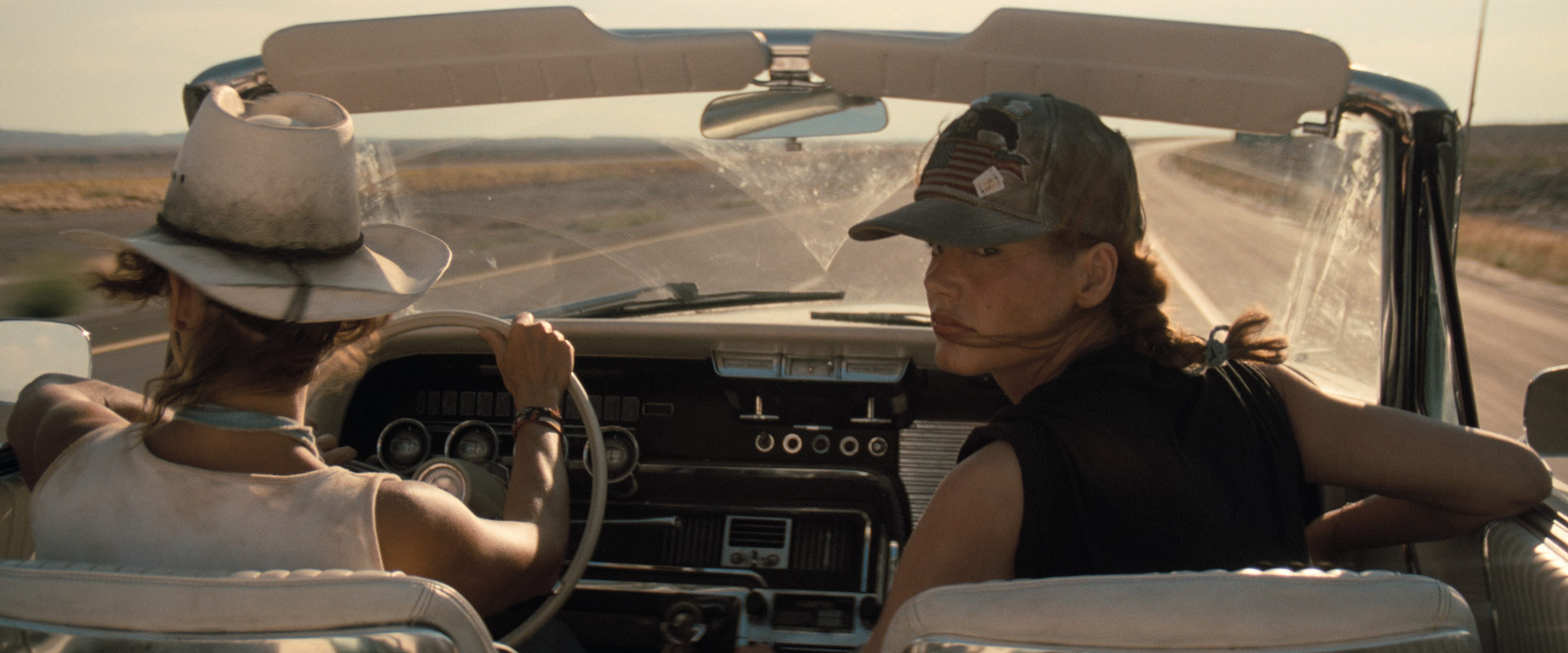RELATED ARTICLE
How the West Was Won
The Criterion Collection

You can tell a lot about a person from the way they pack a suitcase. It is an activity that requires making difficult and definitional choices on the fly; the way you carry your baggage is the way you carry yourself. Take Thelma Dickinson, a scatterbrained sweetheart from landlocked Arkansas who prepares for a three-day fishing trip with her best friend by bringing two hefty suitcases, two handbags, two fishing poles and a spindly fishing net, one camping cooler, one large beige tackle box, a portable lantern, and one compact handgun from the bedroom nightstand. When she trundles giddily out of her house in strappy sandals, a flowing white skirt, and a lace-up corset, her red hair hot-rolled and teased into cotton candy, she looks more prepared to catch a date than a carp. As Thelma in Thelma & Louise, Geena Davis plays this moment absolutely straight, babbling about how she brought so much just in case there is a “psycho killer on the loose.” There is a charming naivete to Thelma’s surplus—only a woman who has seen so little feels the need to lug around so much.
By contrast, her traveling companion, Louise Sawyer, played with steely gruffness by Susan Sarandon, packs light and lean, placing a few items of clothing into individual ziplock bags inside a small rolling suitcase. During the film’s early packing montage, Davis frantically zips around in her curlers and flappy robe while Sarandon is collected and smooth in rigid, formfitting jeans and a crisp poplin shirt buttoned all the way to the top. Before she leaves the house, Louise washes a single blue drinking glass and places it gently next to her sink. She then peels out in her pristine 1966 Ford Thunderbird convertible, looking like a film star in a taut headscarf and meticulously applied red lipstick. She’s effortlessly put together on the outside, but, of course, she’s suppressing an internal hurricane.
The packing montage not only reveals many of the differences between these two women but also subtly shows how they both want to get free. At the film’s start, Louise is a nihilistic, chain-smoking waitress at a greasy spoon, with an absentee boyfriend and a history of sexual trauma, and Thelma is an understimulated housewife whose philandering husband hardly lets her leave the house. Their “fishing” weekend is about nothing short of mutual salvation. How they pack for it is a small detail, but Davis and Sarandon—who both earned Oscar nominations for their work, uncommon for costars in the same category—are sticklers for detail. What makes Thelma & Louise truly a film for women, despite the fact that it was directed by a man, are its two central performances, which are masterful in their tender and unwavering specificity. From the moment they drive away from their past, Thelma and Louise are constantly bobbing and weaving, evolving and shape-shifting.

